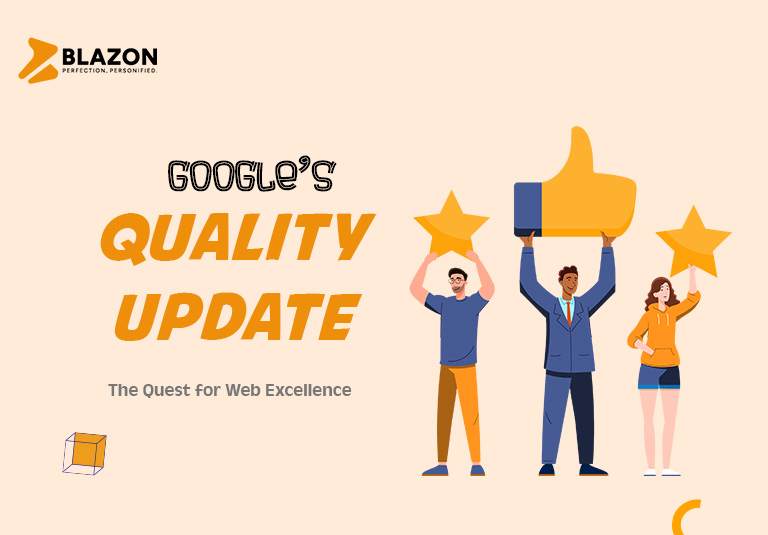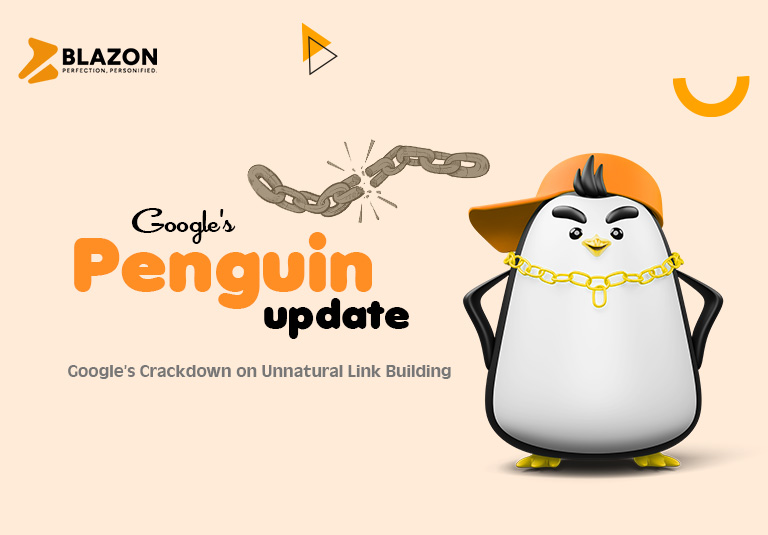Google’s Caffeine update, introduced in June 2010, revolutionized the way search engines crawled, indexed, and ranked web pages.
Unlike previous updates that focused on specific algorithmic changes, Caffeine represented a complete overhaul of Google’s indexing infrastructure.
Let’s explore the multifaceted impact of the Caffeine update on the world of search engine optimization (SEO).
Enhanced Crawling and Indexing
The Caffeine update introduced a new indexing system that allowed Google to crawl and index web pages at a much faster rate.
This meant that new content could be discovered and included in search results almost instantaneously, resulting in fresher and more up-to-date search results for users.
Websites that regularly updated their content saw an immediate boost in visibility, as Google’s spiders could quickly identify and index new pages.
Importance of Freshness and Relevance
With the Caffeine update, Google placed greater emphasis on the freshness and relevance of content when determining search rankings.
Websites that published timely, relevant, and authoritative content were rewarded with higher rankings, while stale or outdated content saw a decline in visibility.
This shift in ranking factors forced webmasters and SEO professionals to adopt a more proactive approach to content creation and optimization, focusing on providing users with the most current and useful information.
Impact on Long-Tail Keywords and User Intent
The Caffeine update also had implications for long-tail keywords and user intent. Long-tail keywords, which are longer and more specific search queries, became increasingly important as Google’s algorithms became better at understanding user intent.
Websites that optimized their content for long-tail keywords saw improvements in search rankings and traffic, as they were better able to meet the specific needs of users.
This shift towards understanding user intent also led to improvements in the quality and relevance of search results, as Google became better at delivering personalized and contextually relevant results.
Case Studies and Examples
To illustrate the impact of the Caffeine update, let’s consider a few case studies and examples:
Case Study 1: Blogging Platform
A popular blogging platform saw a significant increase in organic traffic following the implementation of the Caffeine update.
By publishing regular, high-quality content on a variety of topics, the platform was able to attract more visitors and improve its search rankings.
Case Study 2: E-commerce Website
An e-commerce website specializing in outdoor gear saw a boost in search rankings for long-tail keywords related to specific product categories.
By optimizing product descriptions and including relevant keywords, the website was able to attract more targeted traffic and increase sales.
Case Study 3: News Website
A news website experienced a surge in traffic following the publication of breaking news stories.
By providing timely and authoritative coverage of current events, the website was able to capitalize on the freshness factor and attract a larger audience.
Embracing the Era of Caffeine
In conclusion, the Caffeine update represented a watershed moment in the evolution of search engine optimization.
By prioritizing freshness, relevance, and user intent, Google raised the bar for search quality and relevance.
In the post-Caffeine era, success in SEO requires a proactive approach to content creation and optimization, focusing on providing users with the most current and useful information.
As we continue to navigate the ever-changing landscape of search, the lessons learned from the Caffeine update remain as relevant as ever – prioritize quality, relevance, and user experience, and success will follow.














